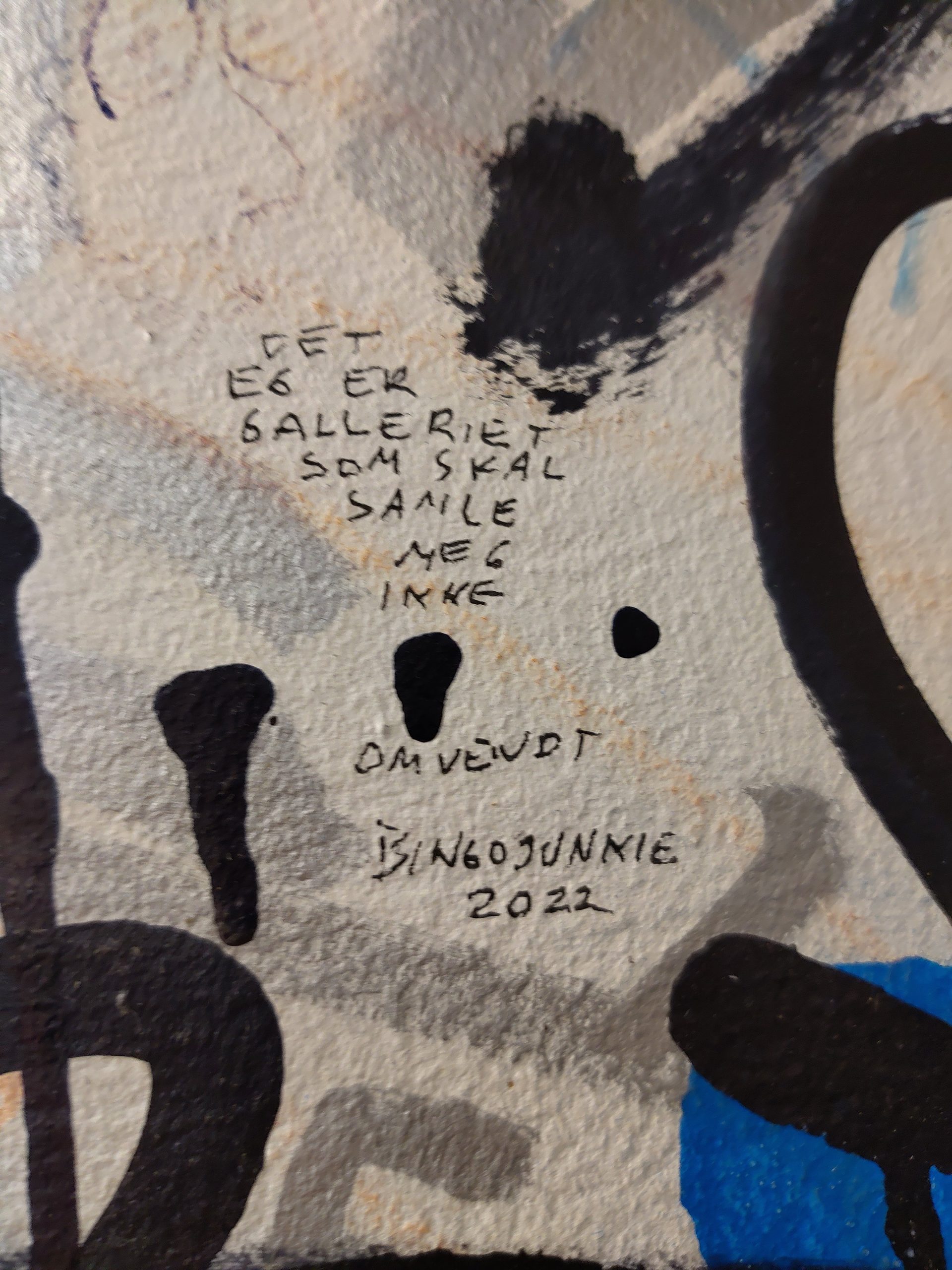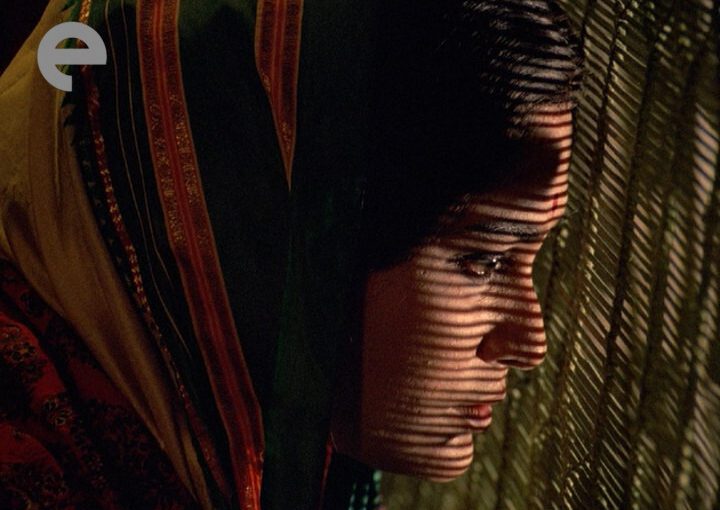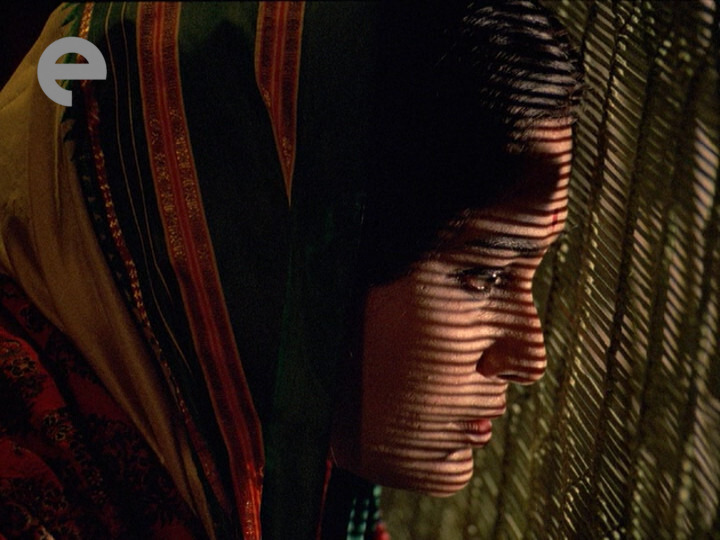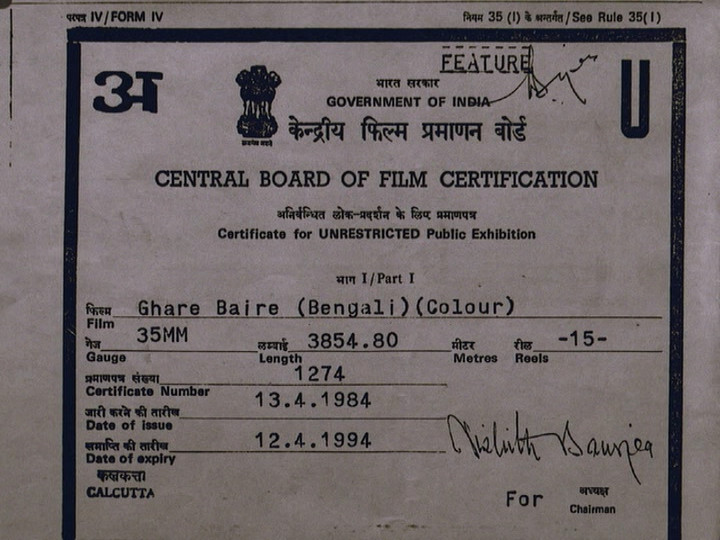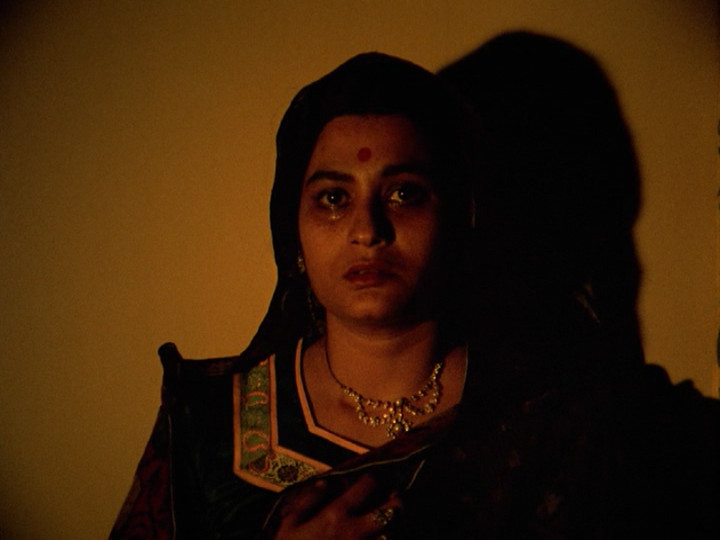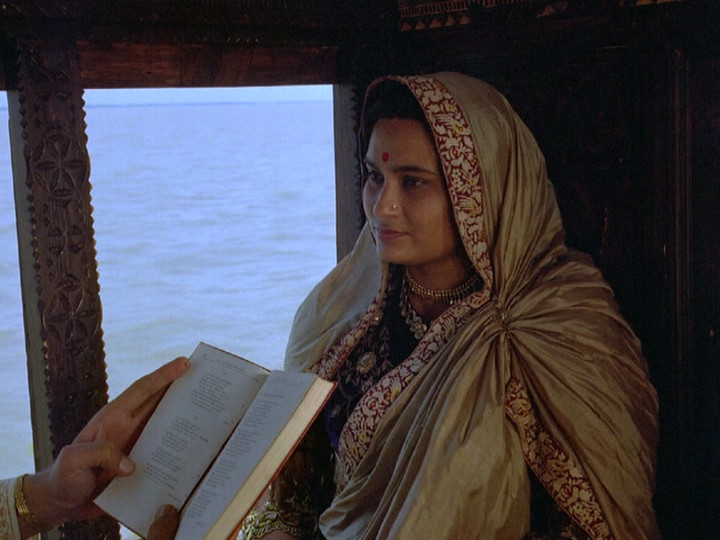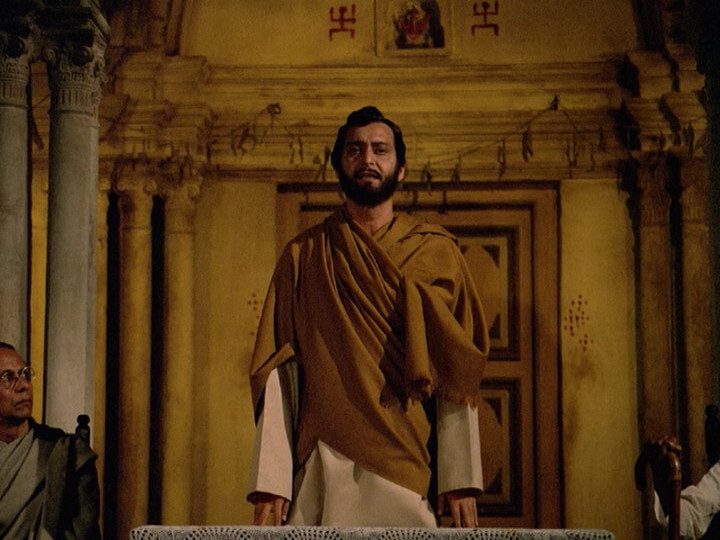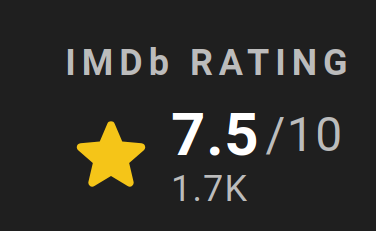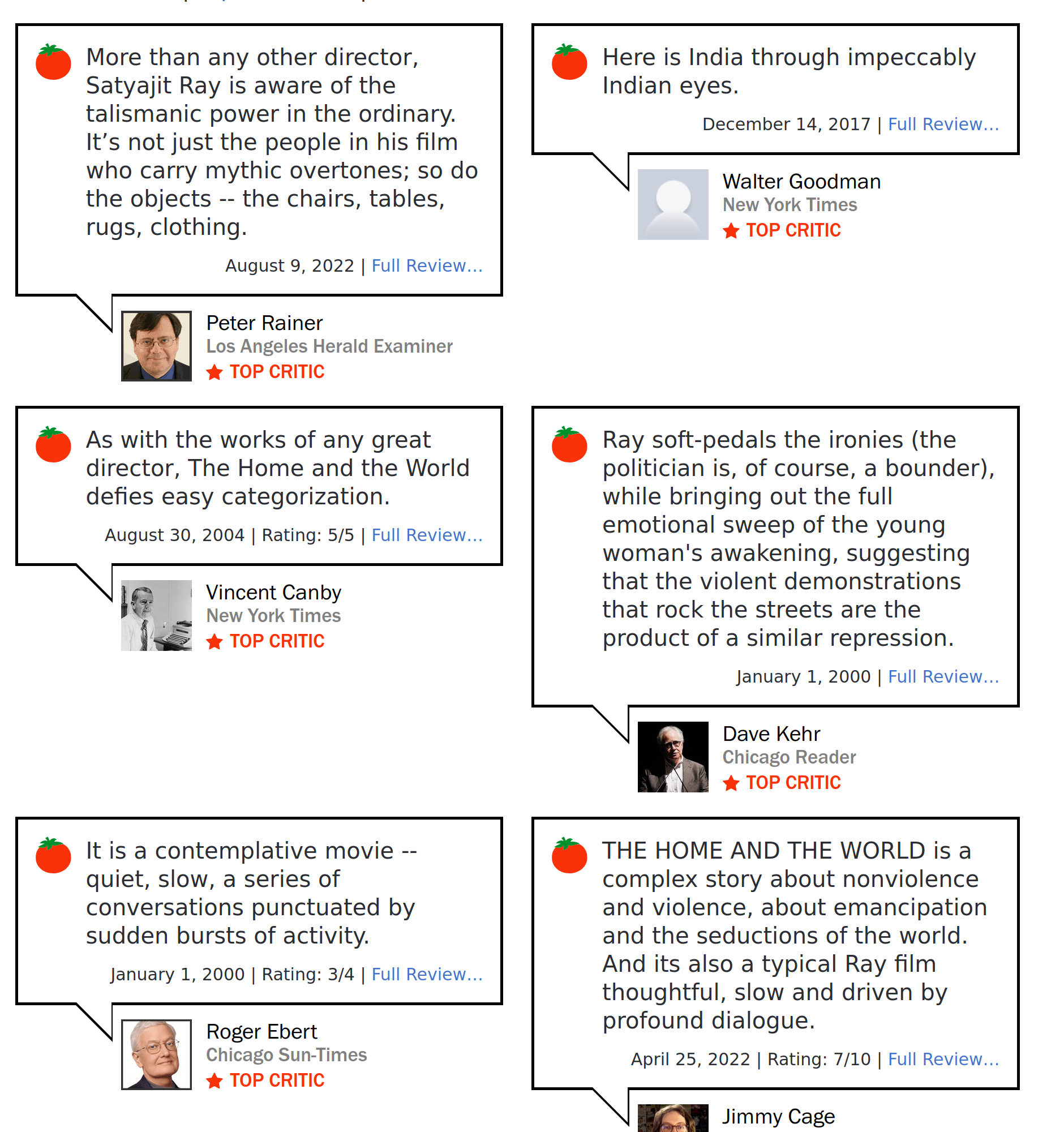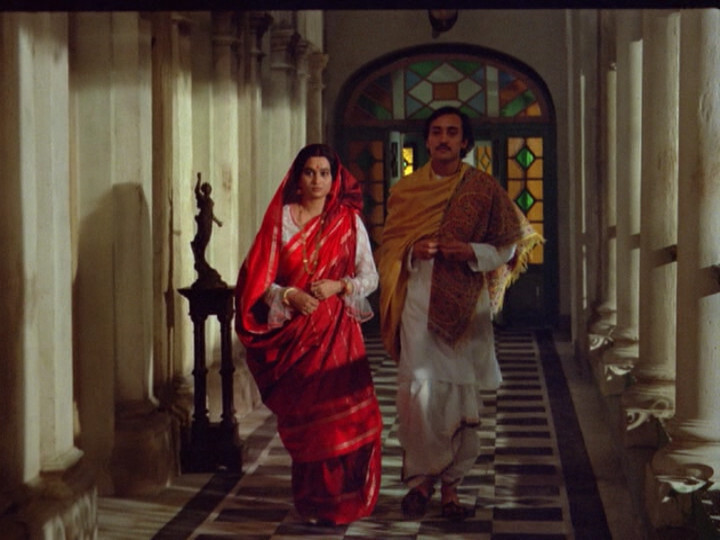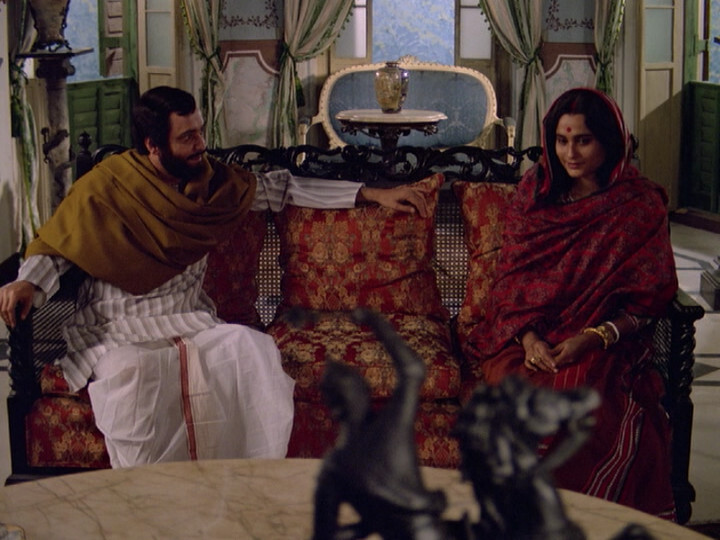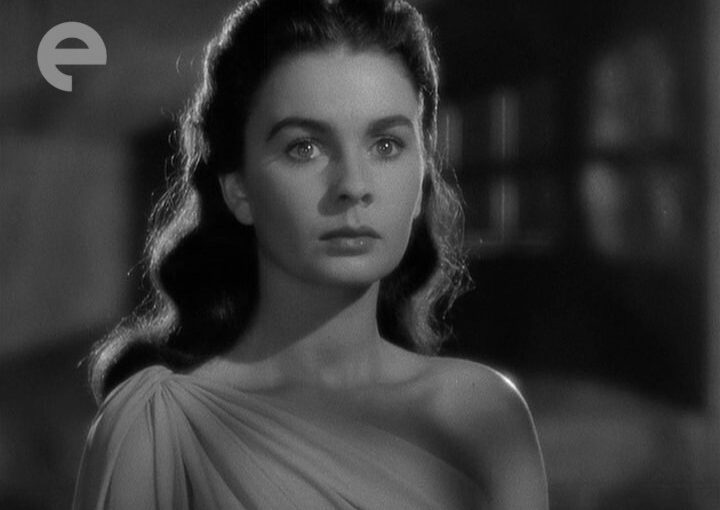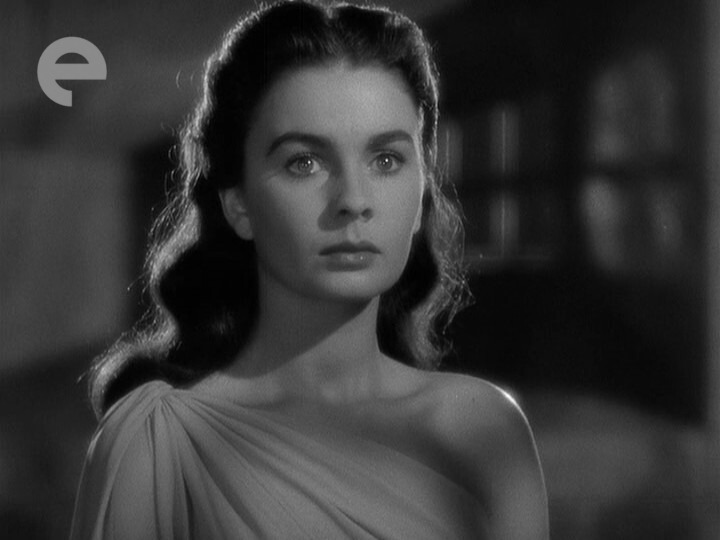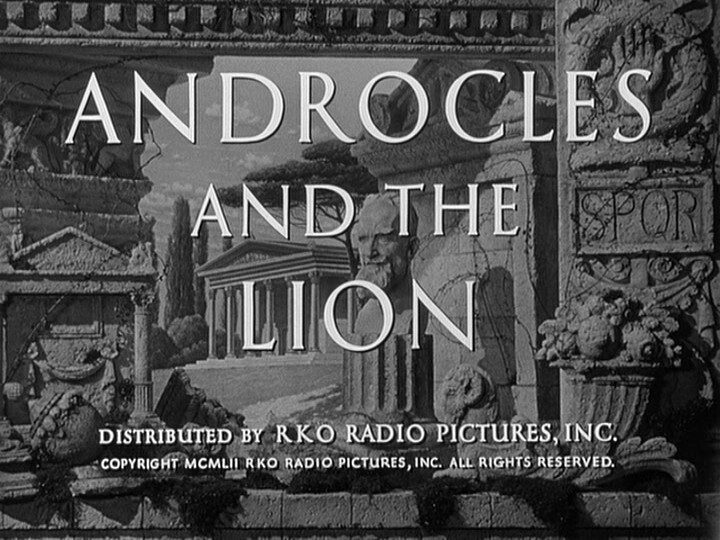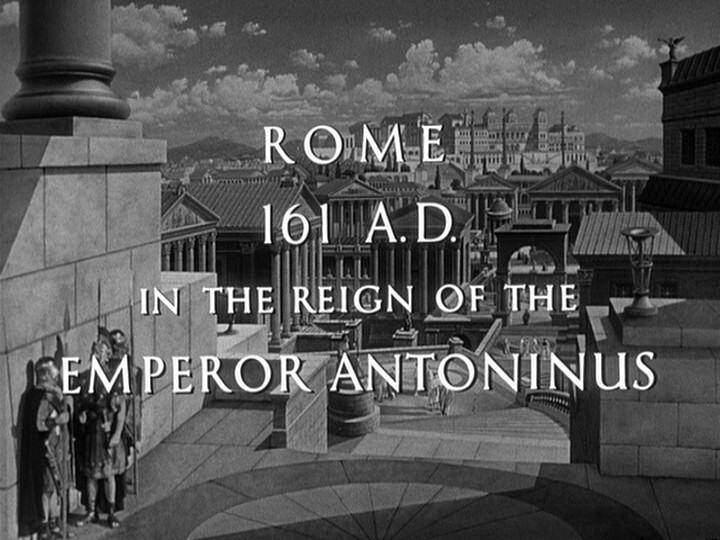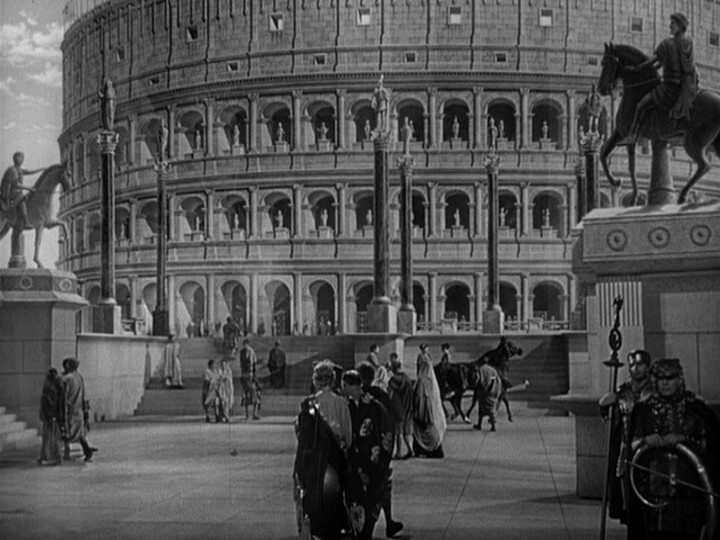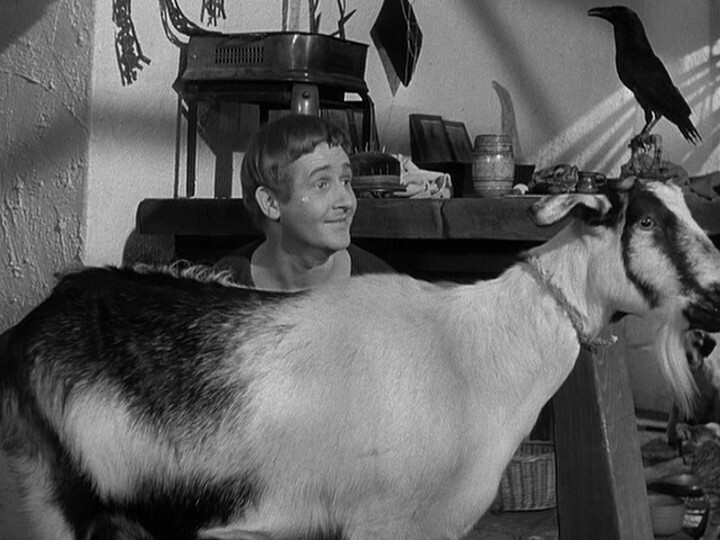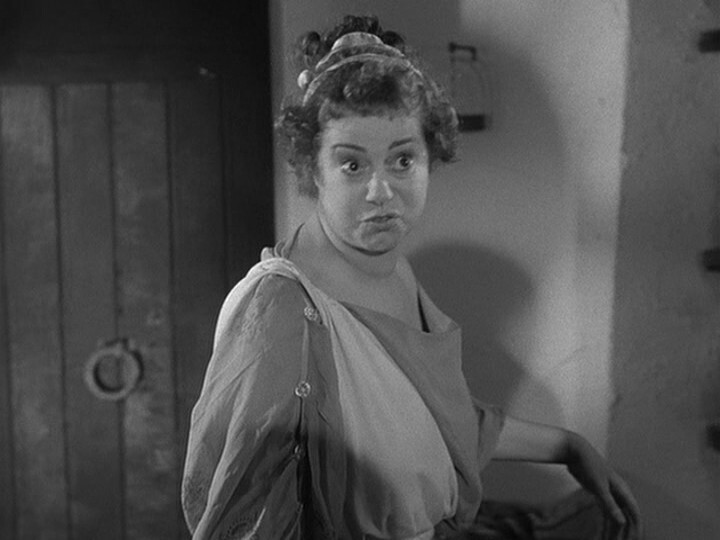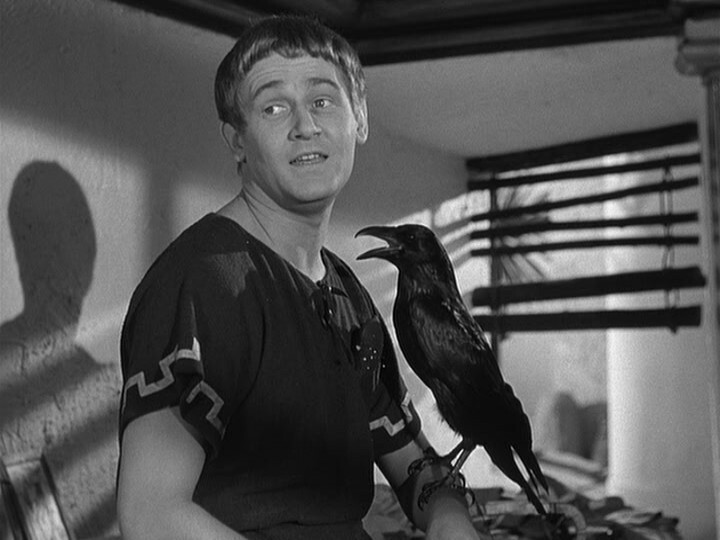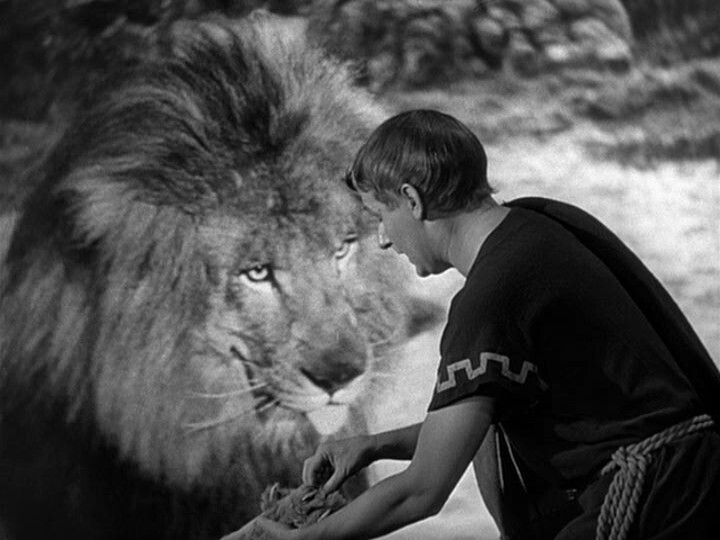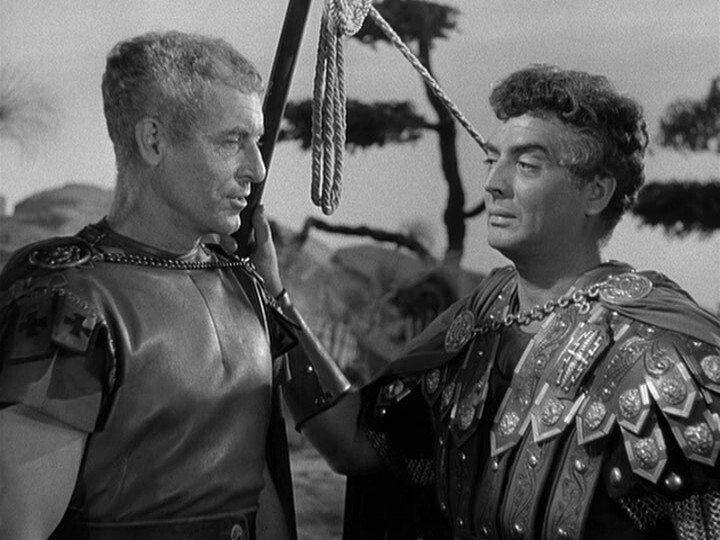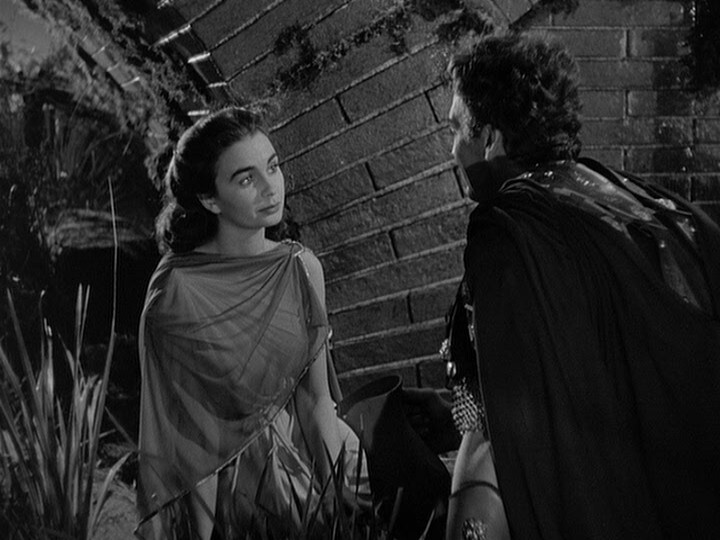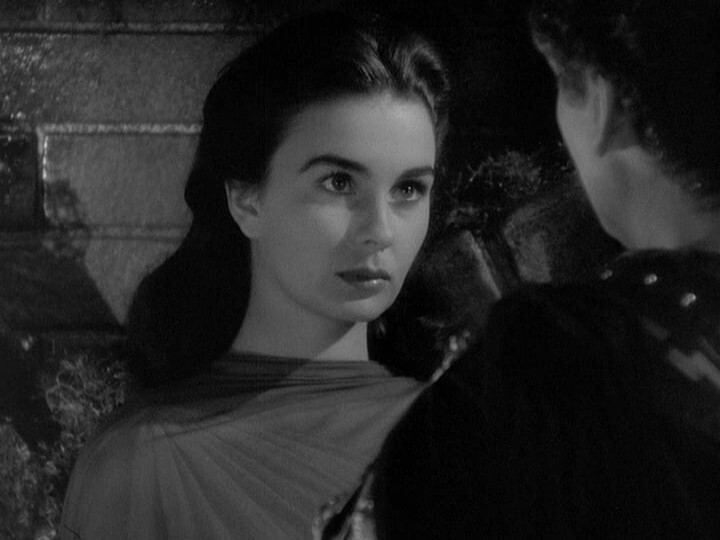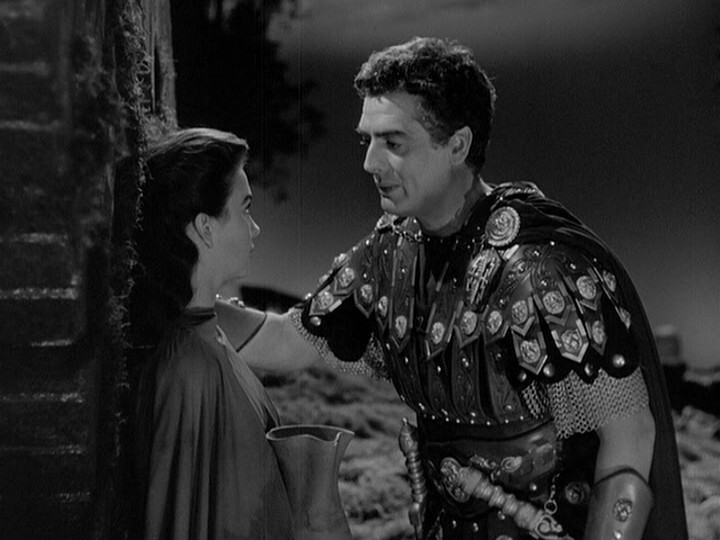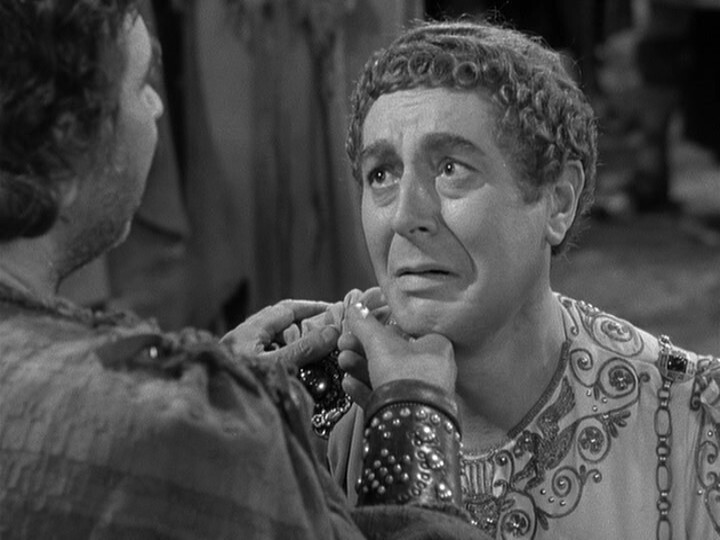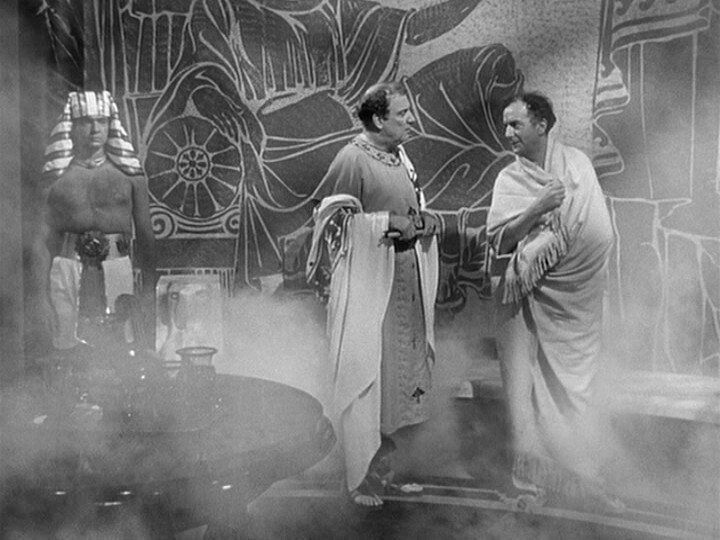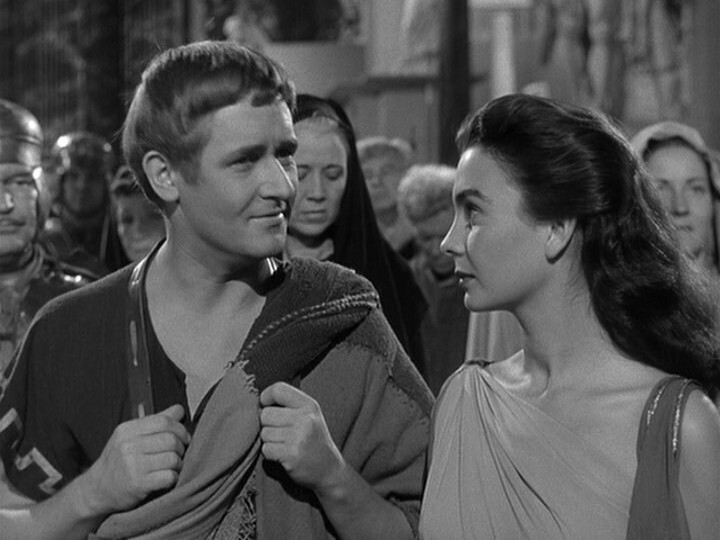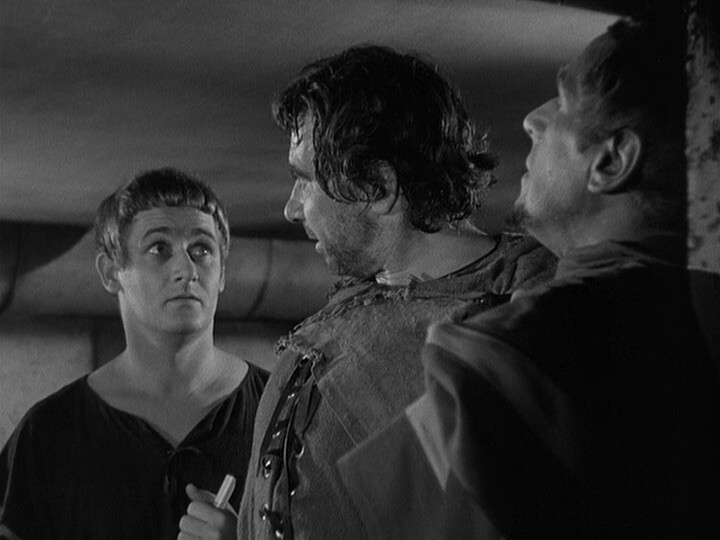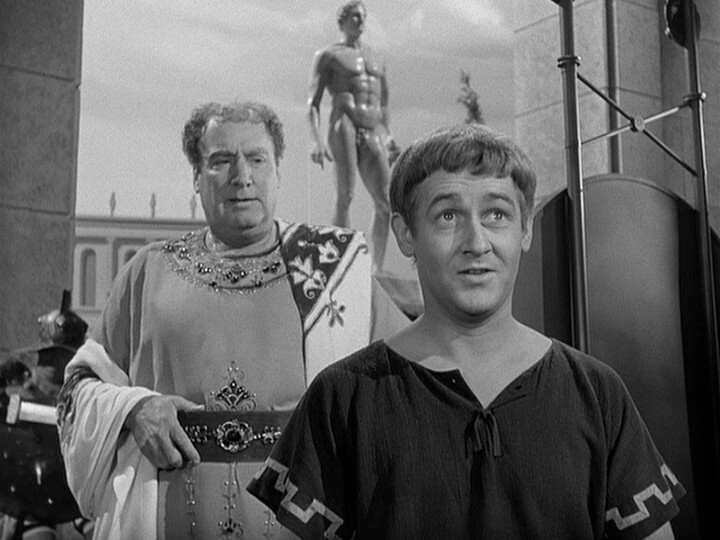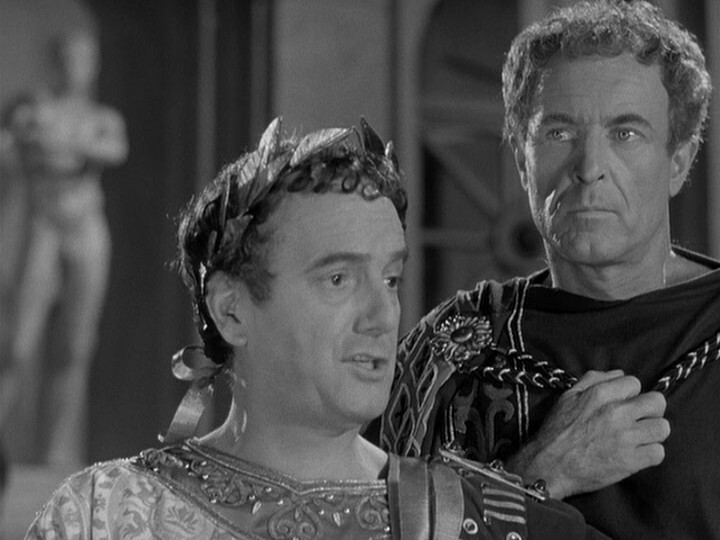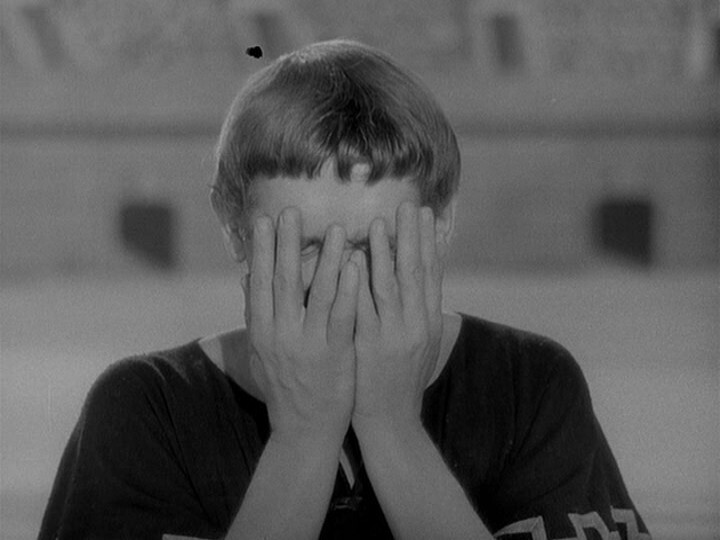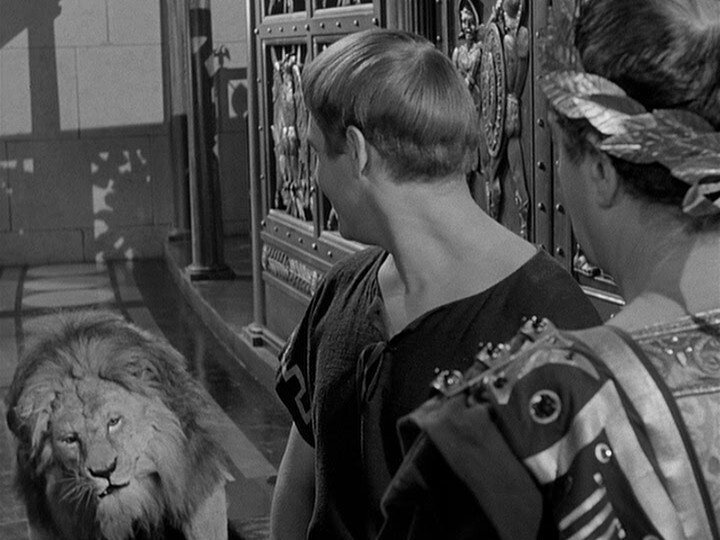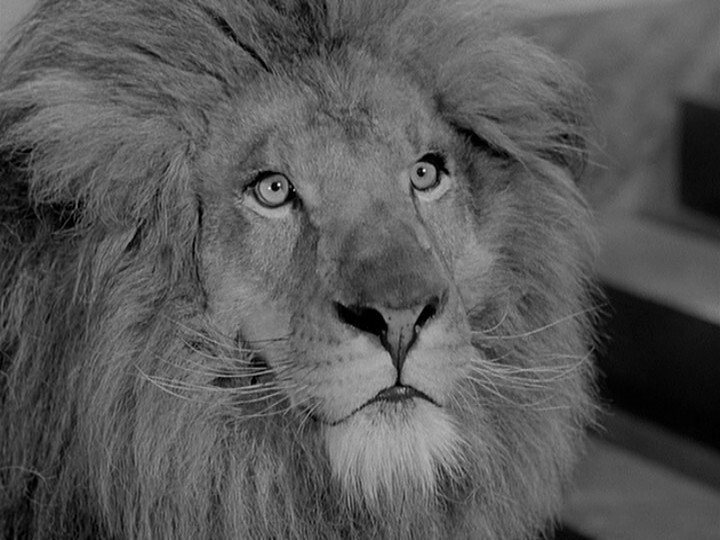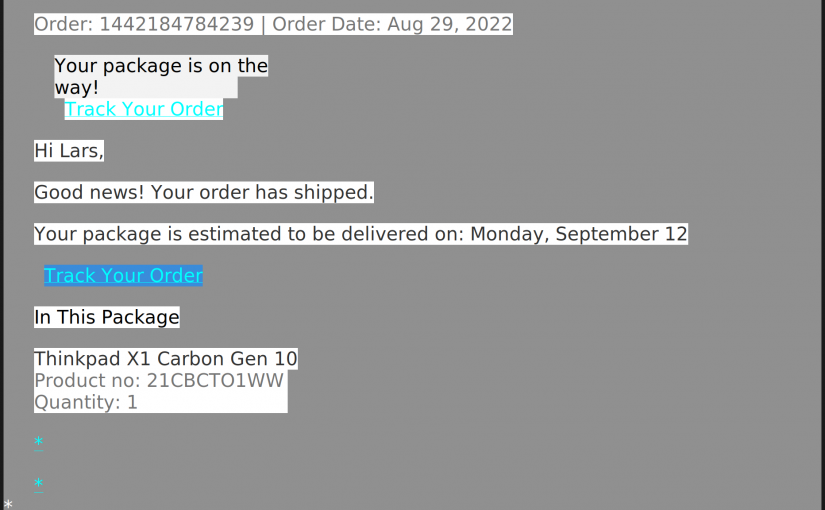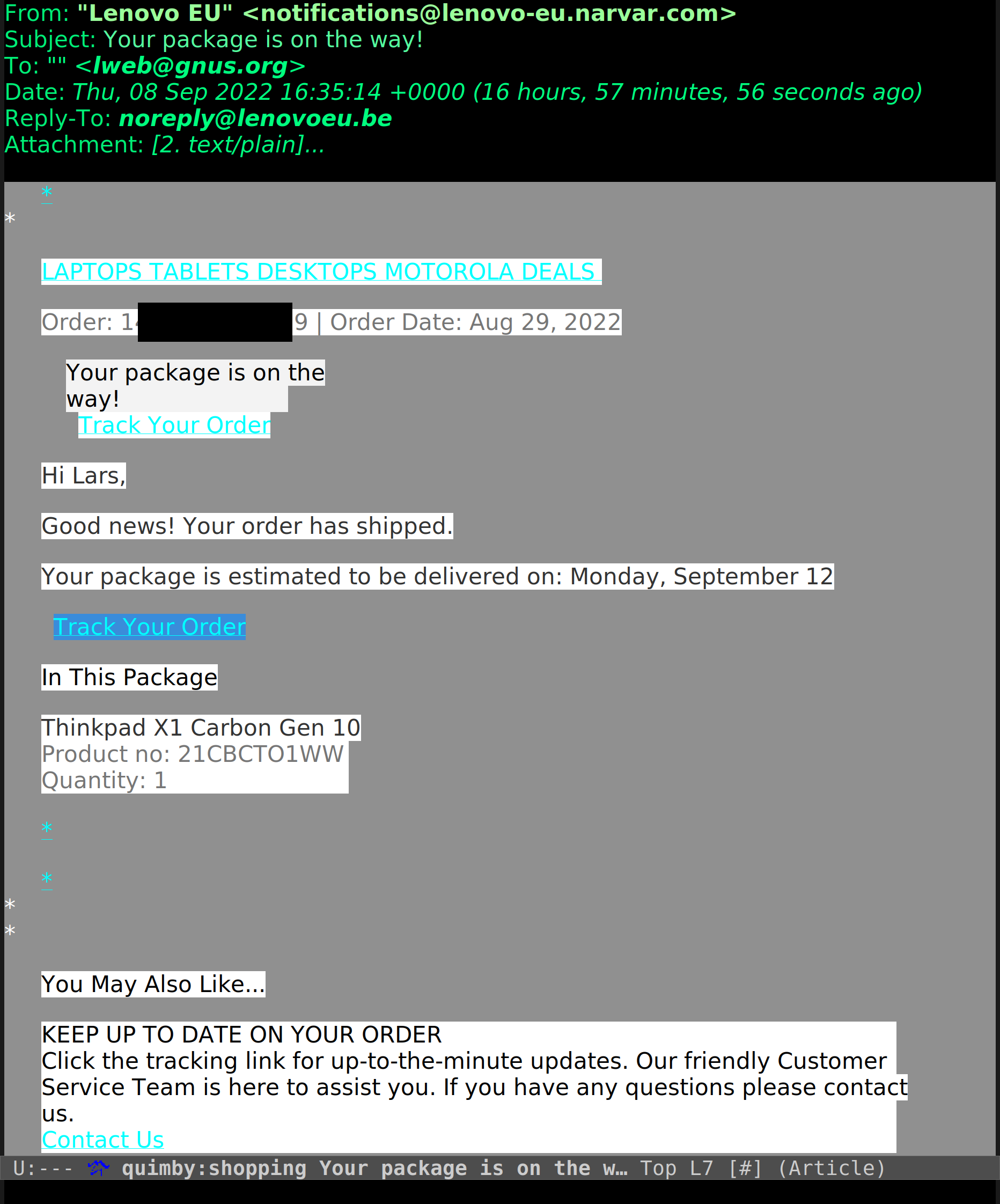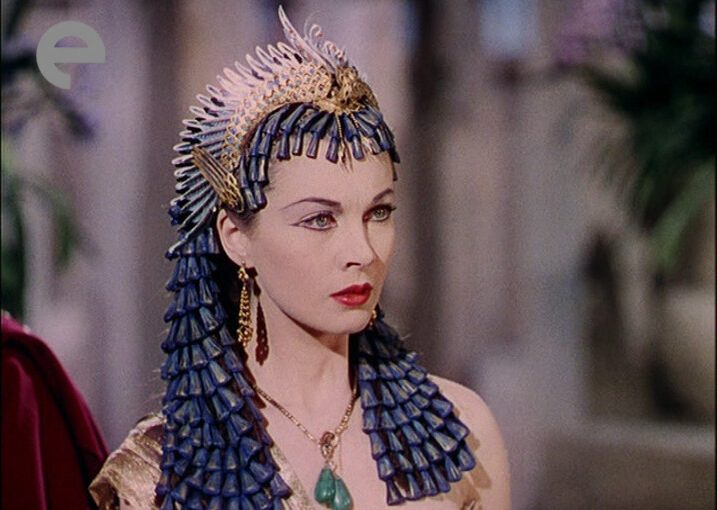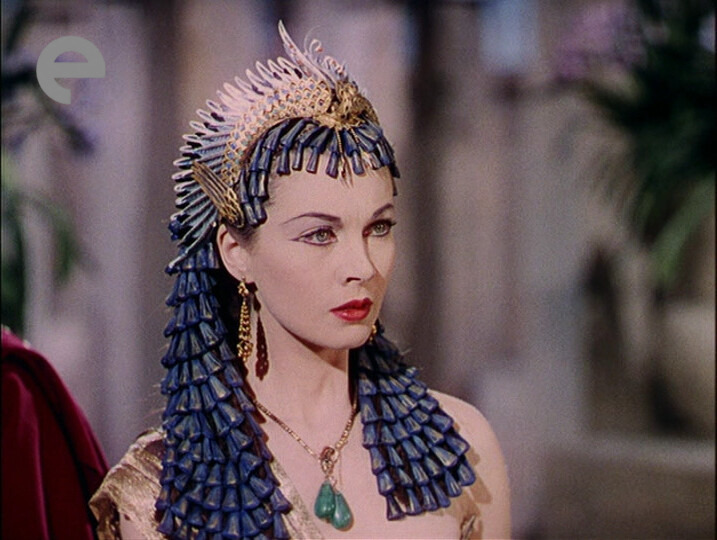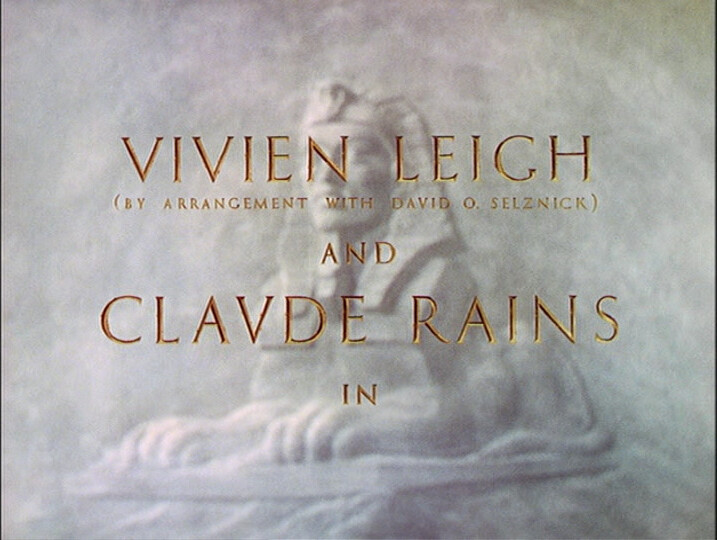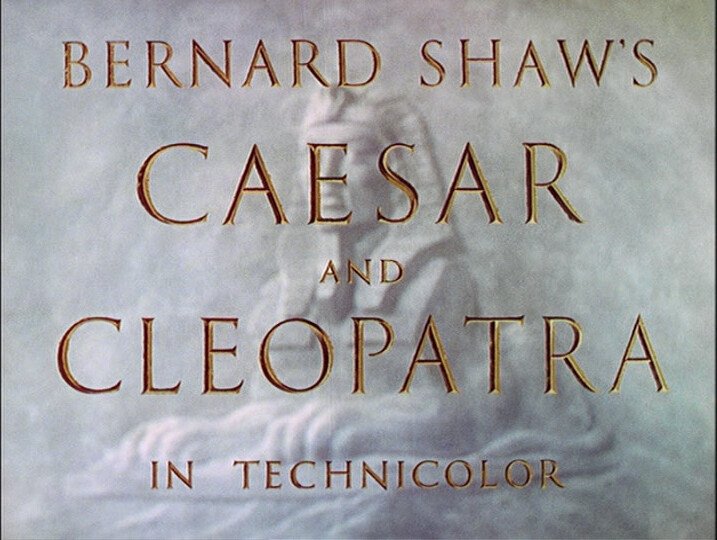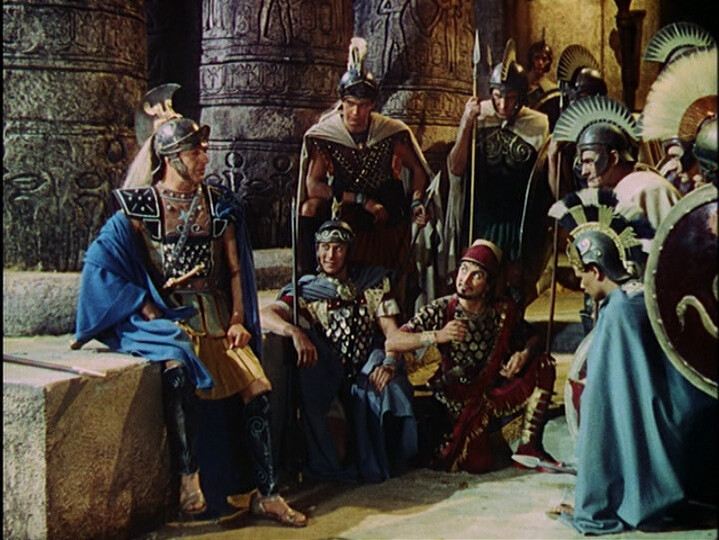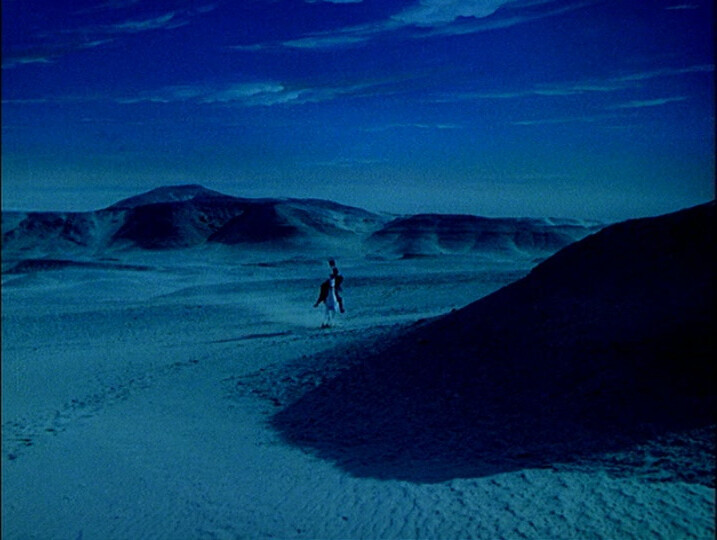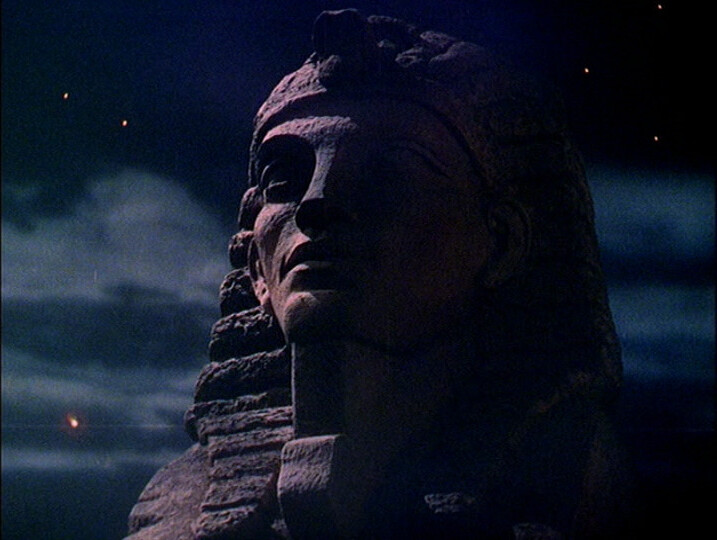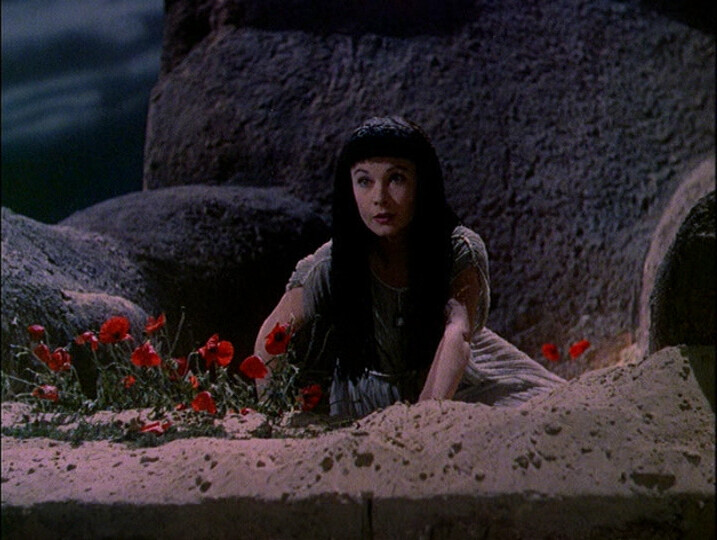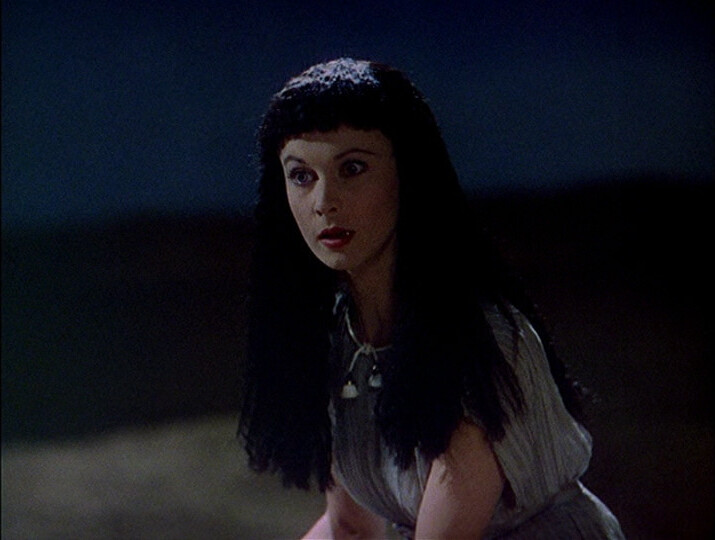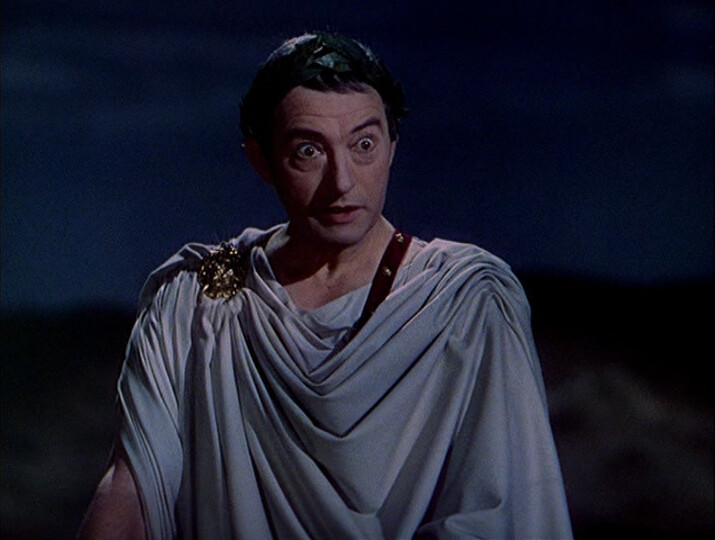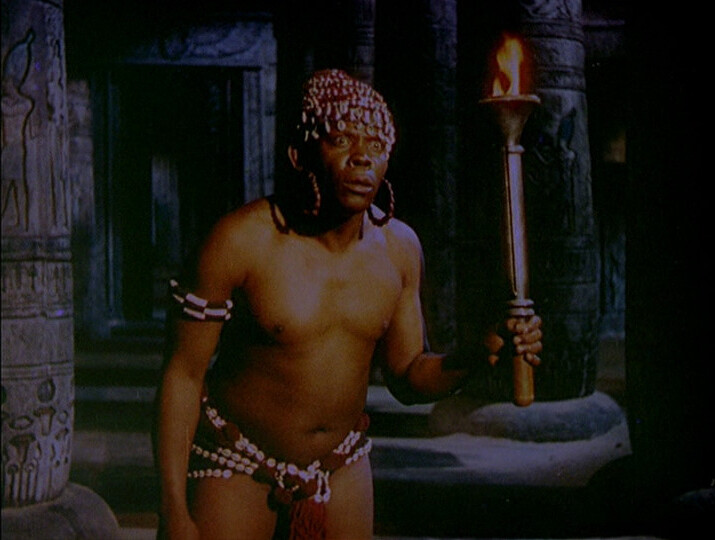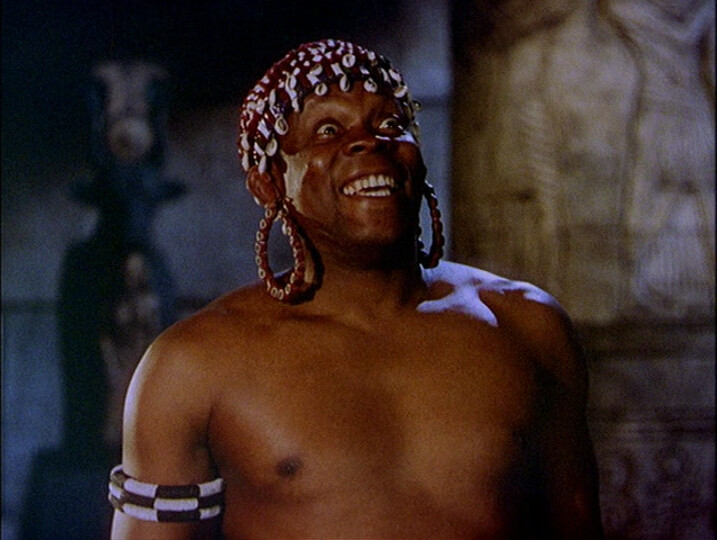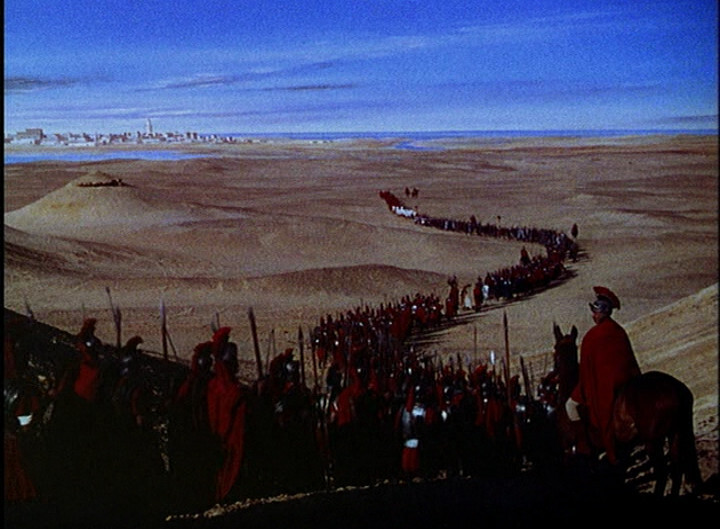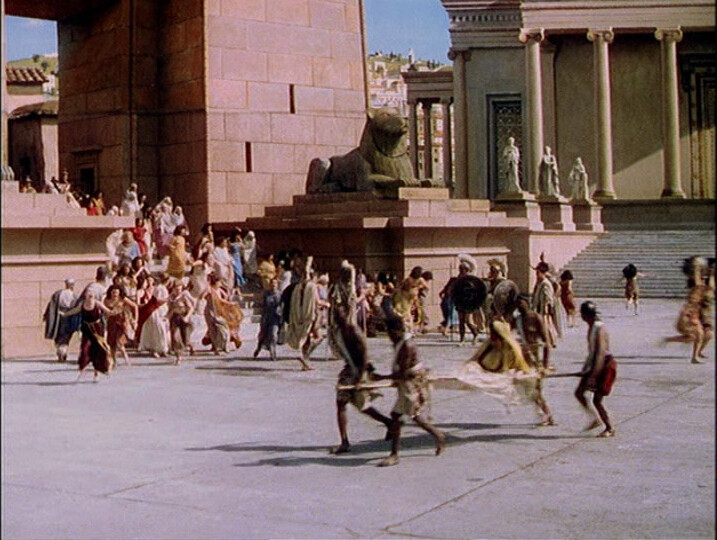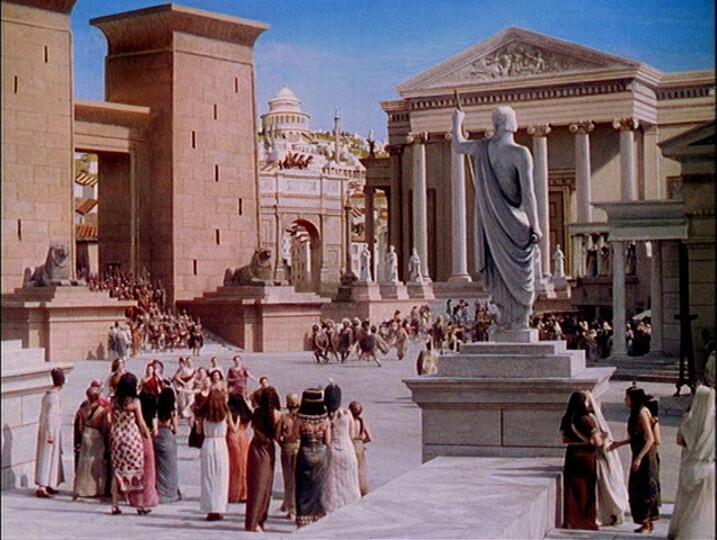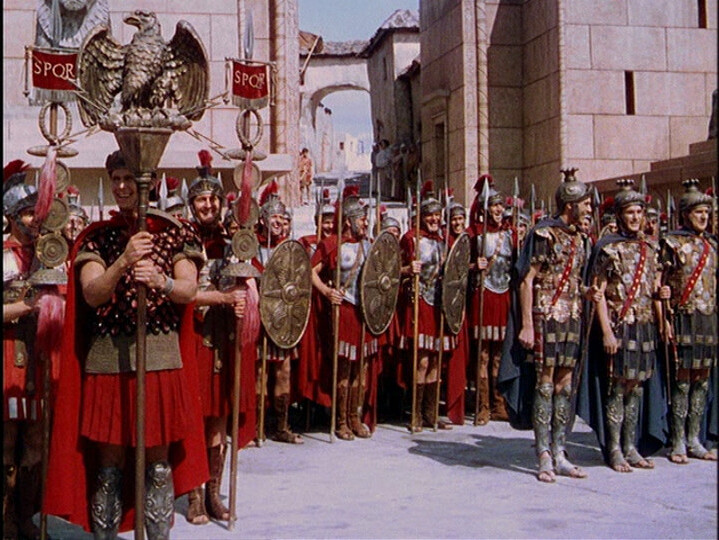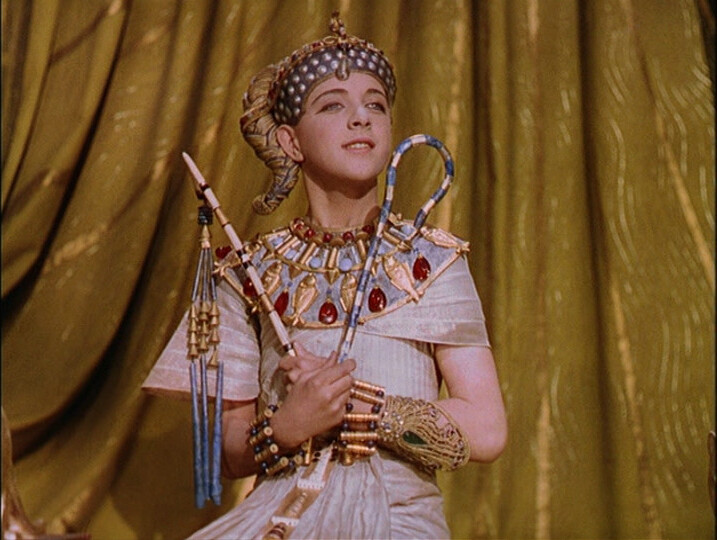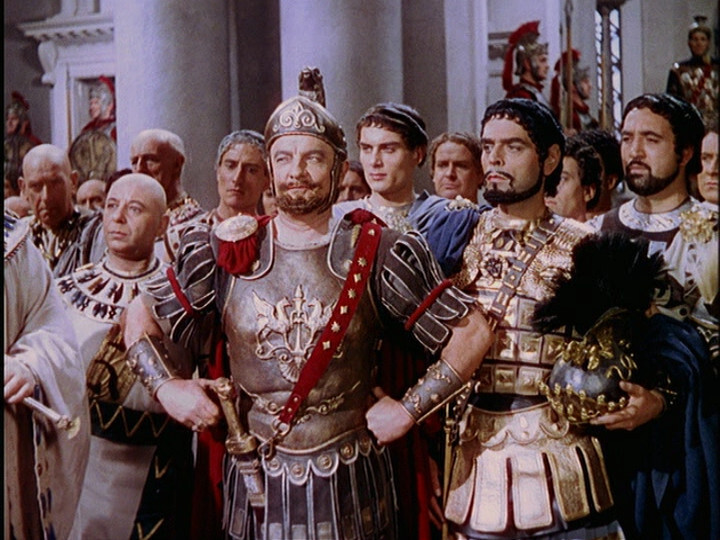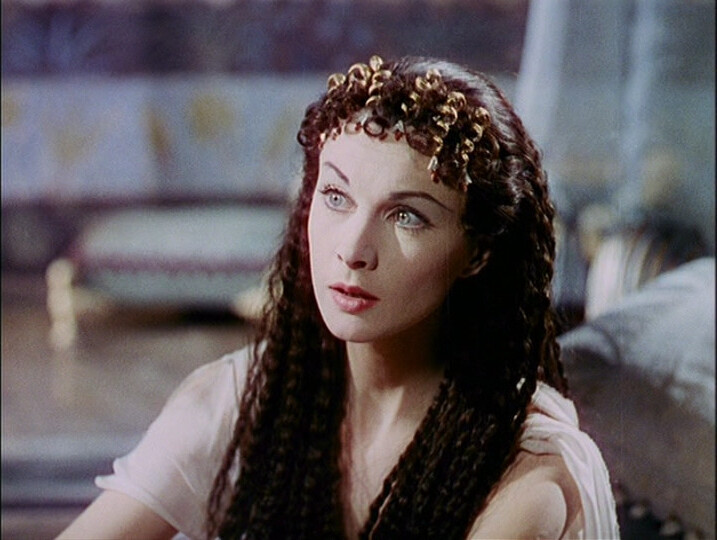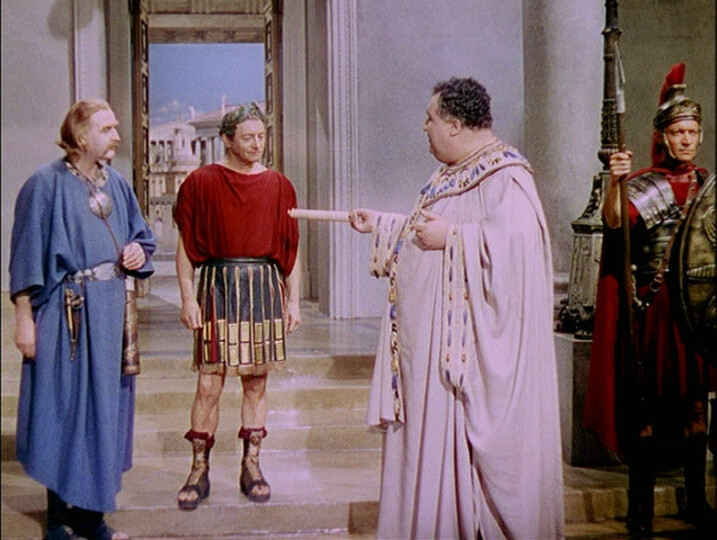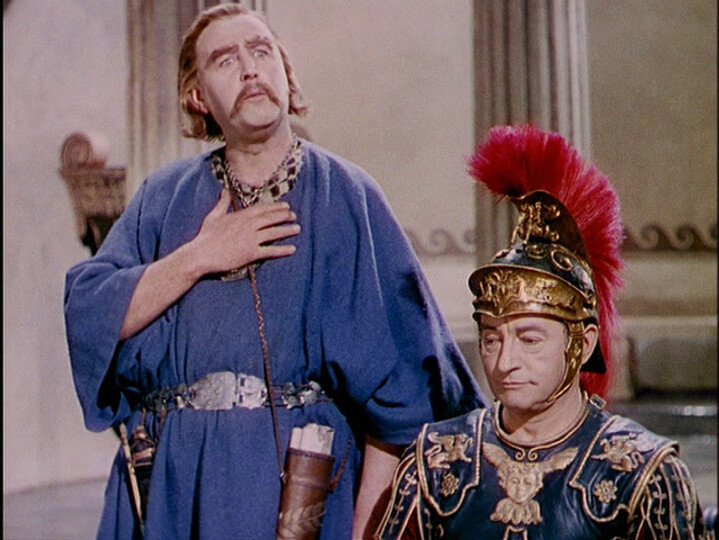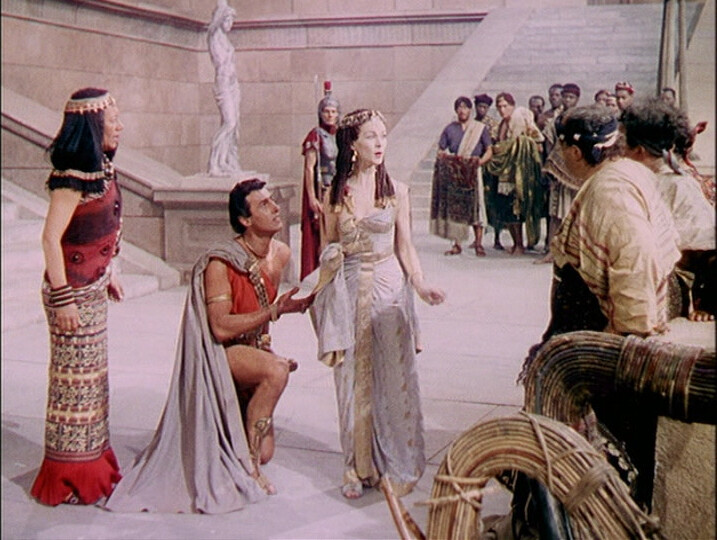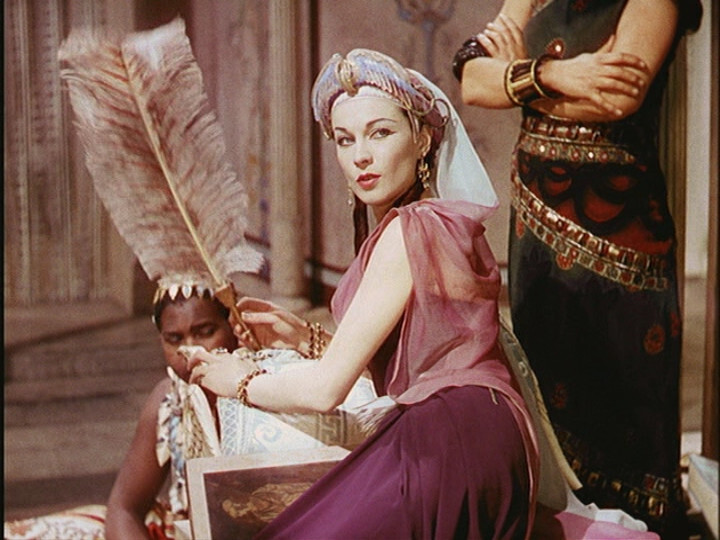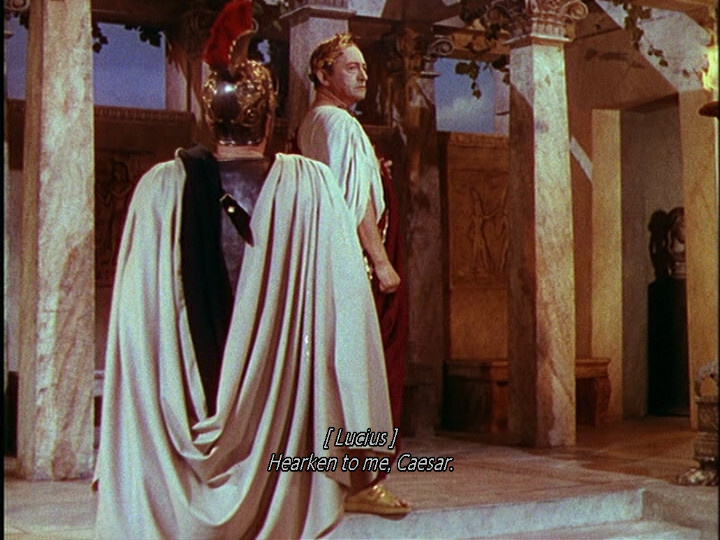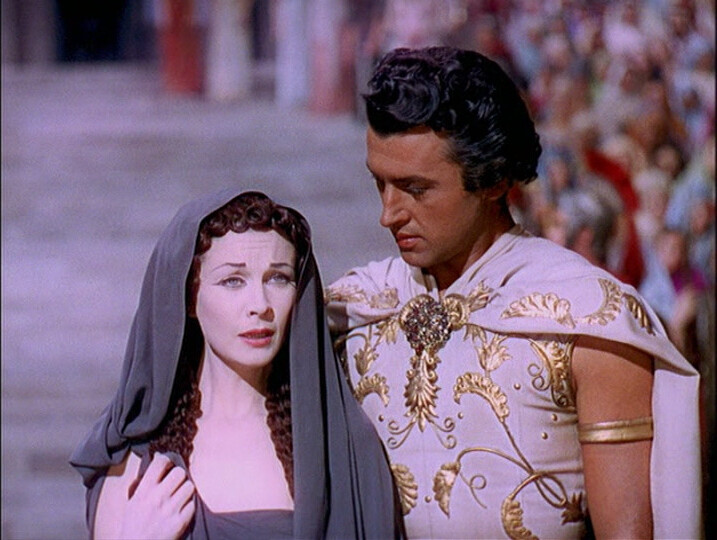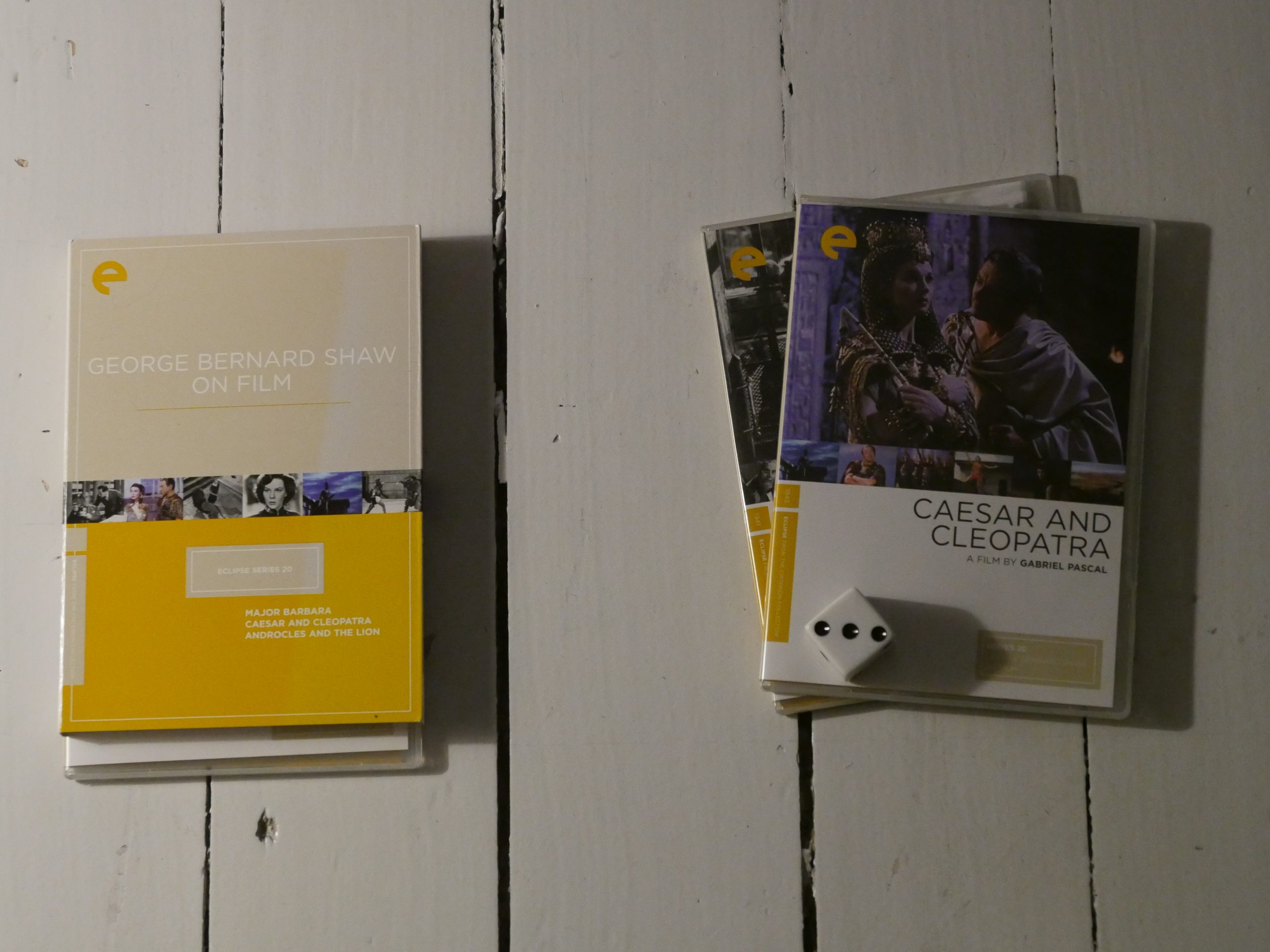Eclipse 1984: ঘরে-বাইরে
So this has a pretty high imdb rating… but only 1.7K votes…
And the majority of those votes are from India. I mean, from outside the US.
So this is basically a movie that’s nobody’s watched in a while, and the only people who’ve watched it are in India.
I mean, outside the US.
But the critics are ecstatic — it’s got a 100% rottentomatoes score. (Of the 12 reviewers who’ve seen it.)
In 1983, during the shooting of the film, Ray suffered two massive heart attacks. His son, Sandip Ray, completed the project from his detailed instructions.[citation needed]
I’m enjoying the languid pacing of this movie… but whenever they start speaking (and there’s a lot of dialogue here), my eyes just glaze over. What they’re talking about is no doubt riveting if you’re into Indian history, but if you’re not, it’s… It’s not.
And then a character suddenly breaks out into song? Is this a musical?
Awkward!
Anyway… I’m just not interested in this movie. It’s probably great! I don’t know? It looks good? But I’m bailing at this halfway through because I don’t care, and that’s probably all on me.
So ignore this:
The Home and the World. Satyajit Ray. 1984.
This blog post is part of the Eclipse series.
Eclipse 1952: Androcles and the Lion
Now that’s some matte painting.
Wow:
Harpo Marx was originally signed to play Androcles, and after the first five weeks of shooting, Pascal was thrilled with the results; but Howard Hughes, who had seen Young on TV, hired him for the lead, and Harpo was replaced.
How utterly weird.
When it opened in American cinemas nobody laughed, so Hughes withdrew the film and shot two weeks of new sequences. In 1987, Alan Young recalled, “He put in girls with gauze and a real lion, and it became a blood-and-guts film.”
Was this part of the reshoots? If so… two weeks wasn’t enough.
I mean… even for a comedy, the juxtaposition of the inset nature film footage and the panto dummy lion is just… it’s just a lot.
I bet that guy to the right is a stand up guy!
I guess people didn’t like it:
BERNARD SHAW’S irreverent views on Christianity, so brilliantly expounded in that exceptionally poor play of his, Androcles and the Lion, have, in Gabriel Pascal’s even poorer adaptation, lost a deal of their original sharpness.
Isn’t he a bit Mature for her?
Thanks, thanks. I’ll be here all week. Try the shrimp.
I can’t quite put my finger on why this movie feels so unfulfilling. I guess I’m not alone in being nonplussed by the film — it wasn’t a success either critically or commercially. But it’s adjacent to things I quite like: It’s got some amusing repartee, and the sets looks great, and the actors are really solid (even when chewing the scenery), and… If I’d seen some stills from this, I would have predicted that I’d really enjoy it?
But somehow none of it is interesting. It’s brutally boring.
The director didn’t get to make another movie for 20 years after this one, and I’m not surprised.
Quiz time! Of the two following images, are you even able to guess at what’s the real lion and what’s the mangy woollen costume?
No? Yes, it’s impossible to tell them apart!
The final scene is pretty amusing, though, and the best thing in the movie. I think with just a few tweaks it could have been hilarious, but…
Androcles and the Lion. Chester Erskine. 1952.
This blog post is part of the Eclipse series.
Let’s Play… Scam Or Not?
Spammers and scammers are flooding the mail system with fake messages that are, for instance, “from DHL”. Just by sending out an enormous amount of messages, they will inevitably hit somebody who’s actually waiting for a DHL package and possibly get the scam rolling.
Some people leap to the conclusion that there must be a data breach somewhere, because it seems so unlikely that a scammer would target them just while they’re waiting for a package — but it’s just a numbers game. Nobody is really targeted. And you can usually tell that it’s a scam mail, since DHL has SPF, DKIM and DMARC set up, so the From address is usually something nonsensical and definitely non-DHL-ey.
But yesterday I got this email:
And, yes, I’ve ordered a new laptop from Lenovo, and it is a Thinkpad X1 Carbon Gen 10, and it is currently being shipped by UPS. So surely this can’t be a scam, can it?
But message is from notifications@lenovo-eu.narvar.com. Which is… er… not Lenovo, or UPS. The MAIL FROM is @spmailtechno.com. Which is something else again. And the Reply-To header says noreply@lenovoeu.be:
Which… doesn’t seem to exist?
The link to track the package does not point to UPS, either, but to:
etc. And clicking on that link and opening it in Firefox gives me:
So this is totally a scam, right? Somehow? No matter how unlikely? Or has there been an actual data breach at Lenovo or UPS or somewhere?
But nope — the order number is actually my order number, and following the link eventually takes me to https://tracking.narvar.com/lenovo-eu/. Which Lenovo wants me to look at instead of the actual UPS tracking page, for some… strange reason:
OK, the reason isn’t so strange after all: Lenovo just wants to push more ads at me while I’m reloading the tracking page, and they can’t do that on the UPS tracking page.
Nice going, Lenovo — you’ve chosen a system to communicate with your customers that makes it virtually impossible to say whether the customers are being scammed or not.
*slow clap*
Eclipse 1945: Caesar and Cleopatra
Wow. Selznick got second billing.
This is quite odd. I mean, it looks like a filmed stage show and a hugely expensive movie spectacle at the same time. It’s a weird thing to watch. I guess it’s all MDF and matte painting?
And Vivian Leigh is playing Cleopatra as a 12 year old girl (or possibly a really deranged woman; it’s hard to tell).
And… casting Claude Rains as Julius Caesar is just kinda perverse.
It was a box office bomb, and I guess it wasn’t all MDF:
Filmed in Technicolor with lavish sets, the production was reported to be the most expensive film ever made at the time, costing £1,278,000 (or £49.8 million at 2019 value)
But perhaps the money was spent on stupid things:
Director Gabriel Pascal ordered sand from Egypt in order to achieve the proper cinematic colour.
And… ouch.
Double ouch.
But it does look nice. This DVD version hasn’t been noticeably restored, but it still looks great. I mean, it totally looks like a stage set, but it’s a very good looking stage set.
OK, this looks properly impressive. So much carpentry, so much matte painting.
All the Egyptians are all gay coded, I guess( except the women), and need the virile Romans to rule them.
I can’t imagine why this was such a box office bomb in 1945.
There’s fortunately a lot of stairs in the set so that Caesar doesn’t look shorter than everybody else all the time. Just most of the time.
The transfer could have done with some sprucing up. Everything seems overexposed, and I’m guessing that it didn’t look like this originally, because the film is otherwise technically really quite accomplished.
He can be stronger on philosophy and political theory than on action or dramatic tension, and even though his contributions to political and philosophical debates are often expressed in witty and vivid dialogue, the reader (and to an even greater extent the theatre-goer) is sometimes left with the impression that Shaw’s linguistic gifts might have been better employed in penning political tracts than in writing for the stage.
[…]
Some films which were “stinkers” when they first came out have gone on to become classics, but “Caesar and Cleopatra” seems to have gone in the opposite direction; today it is a little-known, rarely-seen curiosity.
I’m quite enjoying this. It’s like a classier version of a BBC TV series from the 70s — everything looks fake, but like on purpose?
It’s no I, Claudius, though.
But I totally, totally see why this was a box office bomb. It’s not really er “good”, and I sympathise with the cinema audience in 1945 who were probably throwing their rationed popcorn at the cinema screen while this was being shown. Because it’s… It’s…
Shaw is doing a fan fiction Shakespeare thing, but he’s no Shakespeare. Hearken to my ass. It’s pretty close to be a parody, but without any of the jokes.
Wow, they really powdered Leigh up…
And also:
Caesar and Cleopatra. Gabriel Pascal. 1945.
This blog post is part of the Eclipse series.
